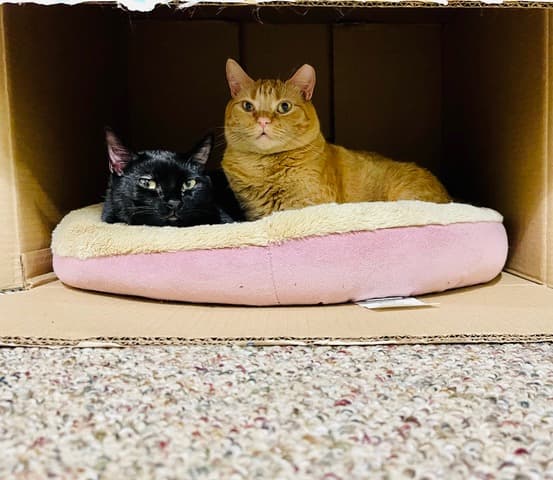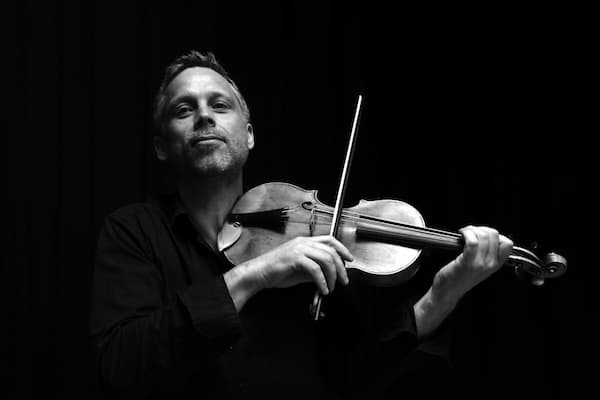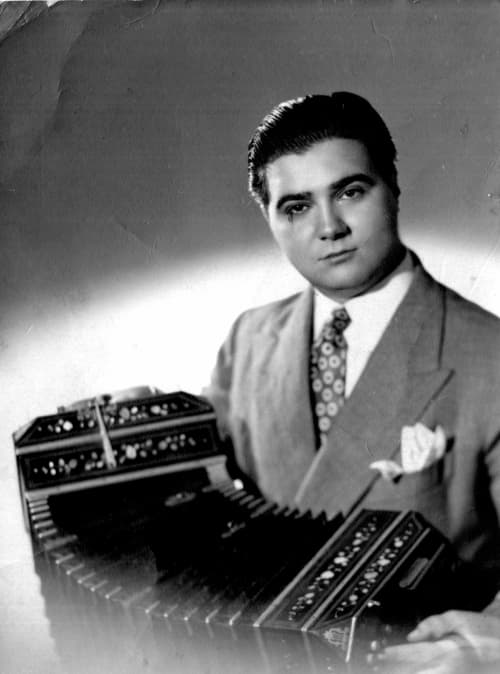Helber Fernandes Ribeiro, a Brazilian pianist based in the United States, is passionate about expanding the reach of Brazilian piano repertoire, making it accessible to broader audiences and inspiring educators and students alike. His collaboration with Instituto Piano Brasileiro (IPB) led to the recent release of a curated playlist of Brazilian piano works, thoughtfully categorized by skill level. In this interview, Ribeiro shares his enthusiasm for the music of his homeland and his commitment to promoting Brazil’s rich pianistic heritage.
Hi, Helber. Can you tell us about yourself? What was your musical background?

Helber Fernandes Ribeiro
Certainly! I began studying music at 15 years old. Initially, I chose it because it was the most challenging activity I could imagine. I have a neurological condition called hydrocephalus, which has affected my coordination. So, I sought an activity that would demand the most from what I had the least—and started learning the piano. Over time, however, I fell in love with it, eventually completing three degrees in piano performance, participating in numerous music festivals, masterclasses, and recitals, and winning multiple competitions, all driven by my growing love for music. Beyond music, I am a gamer, chess player, and a dedicated husband and cat dad.
How did you deal with the coordination issues from hydrocephalus?
I dealt with it by practising consistently from the very beginning of my studies. I do not know other people with this disease who are musicians, and literature about it is also very scarce. Therefore, I just followed my feelings about what I should do to be a musician.
Manoel Faulhaber’s Balada op. 2
What was it like to study piano in Brazil? Did you learn more standard repertoire or Brazilian music growing up?
In Brazil, method books are rarely used in piano education. As a result, I developed my skills as a pianist primarily by exploring the standard repertoire. Along the way, I was naturally introduced to some Brazilian compositions. However, Brazilian music in piano instruction often revolves around a few well-known names, like Heitor Villa-Lobos and Camargo Guarnieri, limiting students’ exposure to the broader diversity of Brazilian composers.
So, how did you begin exploring more of the Brazilian repertoire?
Since the founding of Instituto Piano Brasileiro in 2015, I have been one of the pianists dedicated to uncovering the hidden gems of Brazilian piano music. These pieces have become woven into my artistic identity, and each discovery enriches my journey as a musician and deepens my appreciation for Brazil’s vibrant musical legacy.
Manoel Faulhaber’s Jubileu
Your dissertation focuses on piano pedagogy and introduces some Brazilian repertoire from a teaching perspective. Why do you think this is important? How do you implement it in your studio?
I believe this approach is essential for several reasons. In today’s interconnected world, we teach students from diverse backgrounds, often working with them from different locations through the internet. As piano teachers, we need a wide range of pedagogical tools to customise our instruction to each student’s unique characteristics, goals, and needs.
Brazilian repertoire, in particular, is a rich blend of cultural elements from around the world, making it accessible and relatable to a wide range of students who can see their identities reflected in the music. This, combined with the freshness that Brazilian compositions bring to piano lessons, fosters motivation and provides a powerful tool for skill development.
In my studio, I integrate Brazilian repertoire alongside standard works, believing that a blend of music from recognised masters with Brazilian pieces creates a dynamic and comprehensive toolkit. This mix not only addresses all essential aspects of piano instruction but also develops curiosity, creativity, and a deep passion for music.
Manoel Faulhaber’s Intermezzo
You have been collaborating with the Instituto Piano Brasileiro (IPB) and recently released playlists of Brazilian piano repertoire categorised by levels. Can you share more about this? How long did the recording process take, and how did you categorise the pieces?
I have collaborated with the IPB over the past few years. They generously supported my dissertation research, and in return, I have contributed by recording previously unrecorded pieces from the Brazilian Romantic period, including works by Manoel Faulhaber, now available on their YouTube channel.
This project took several months. I began by selecting piano methods that present pieces from early beginner to late intermediate levels, categorising the skills and techniques emphasised at each level. I then researched existing literature recommendations for skills to introduce at each stage of students’ development. At this point, I was ready to explore hundreds of Brazilian pieces, assessing which level best suited each one of them based on their musical elements. Since these compositions aren’t part of any method book and weren’t written with one in mind, some pieces imposed unique challenges for classification due to the artistic freedoms taken by their composers. In such cases, I played through the pieces myself to ensure their placement was accurate.

Helber Fernandes Ribeiro’s cats: Pudin (the yellow one) and Bonbon (the black one)
At the end of the conversation, Helber shared his upcoming performances, including one in Carnegie Hall this month and several performances at various universities, in addition to some online performances collaborating with IPB next year. He also includes a picture of his two cats, Pudin (the yellow one) and Bonbon (the black one), whom he said are “his joy and pride.”
Learn more about Helber Fernandes Ribeiro and Instituto Piano Brasileiro.
For more of the best in classical music, sign up for our E-Newsletter




